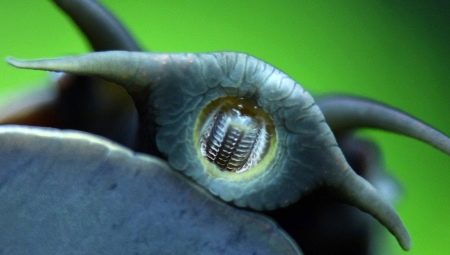The question of whether snails have teeth will interest many nature lovers and these unusual creatures. Following the logic of things, they still have to be present in one form or another, since the snail can eat solid food and chew it. However, nobody saw the teeth with their own eyes, and therefore it will be interesting for many owners of snails to learn not only about their existence, but also about the features of their structure.
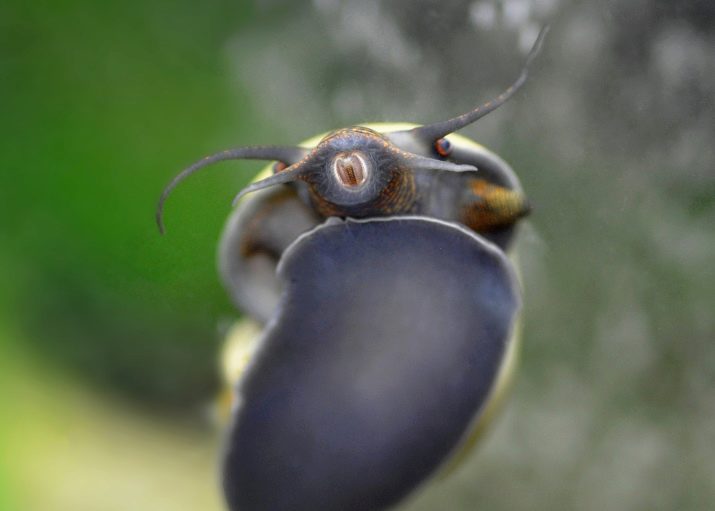
Location Features
Snails are typical representatives of the class of gastropods, representing the largest group. Today, science knows more than 100 thousand varieties of gastropods, of which 1620 species are snails and slugs. If you carefully watch the gastropods, you can see that all of them are able to deftly deal with elastic green leaves, as well as pieces of vegetables and fruits. This suggests that they have an effective chewing system, which is simply impossible to distinguish with the naked eye. However, using special equipment, scientists were able not only to make out teeth, but also to determine their structure and exact location.
So, to grind and grind solid food, the snail uses a special basal chitin plate - the radula membrane. The radula is located in the oral cavity of the gastropod and looks like a tongue.
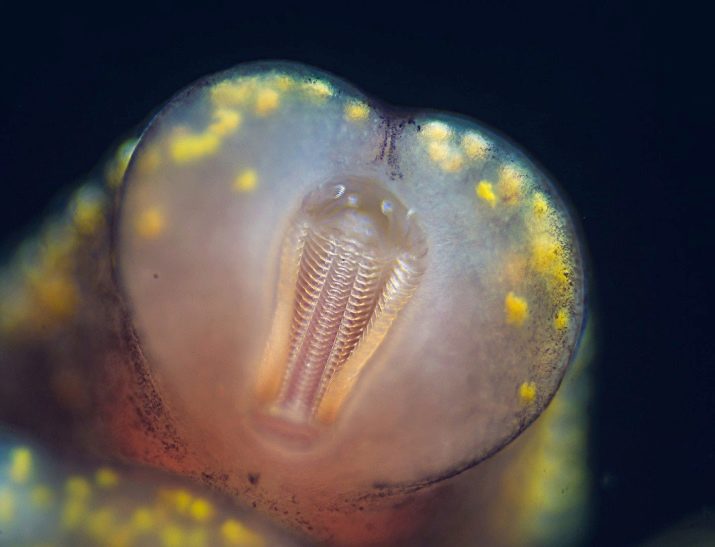
On the upper side of the membrane are chitinous outgrowths, which are nothing more than a modified shape of the teeth. Such organs for chewing food are found in all snails, including herbivorous and carnivorous species, as well as in slugs.
However, the arrangement of the teeth on the chitin tape is different for them and is represented by the so-called individual pattern.
In addition, predatory species are capable of secreting caustic liquid, which partially dissolves animal food and greatly facilitates its swallowing and further digestion. A characteristic feature of the radula is its ability to constantly update, which allows snails to always have a complete set. The front teeth are quickly erased, and in the depths of the radula there is a continuous process of growing new teeth. So, every day the snail grows up to five rows of young chitinous cloves instead of worn ones.
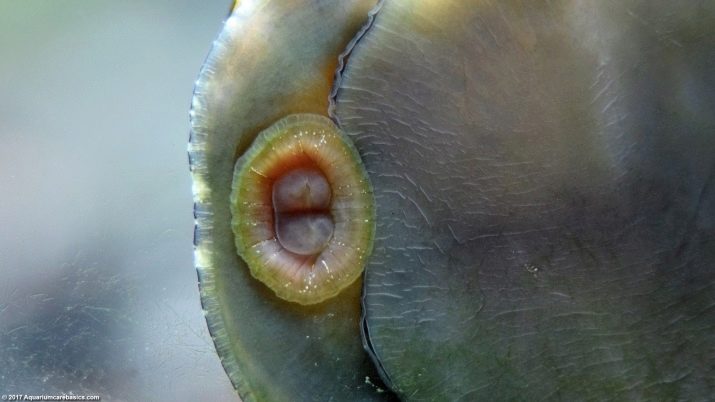
Number of teeth
Despite the fact that gastropods look quite peaceful, in terms of the number of teeth they surpass all predatory species of animals. The snail is one of the leaders among the “teeth,” and is second only to the naked slug with more than 30,000 teeth. Even sharks are noticeably inferior to them on this basis, having in their huge mouth only 3 to 15 thousand sharp, like a razor, teeth. In most snails, the number of teeth is about 25 thousand pieces, and in some species it is close to 30 thousand.
But not all snails are happy owners of so many teeth. For example, the radial membrane of the American garden snail has only 135 rows of 105 teeth each.
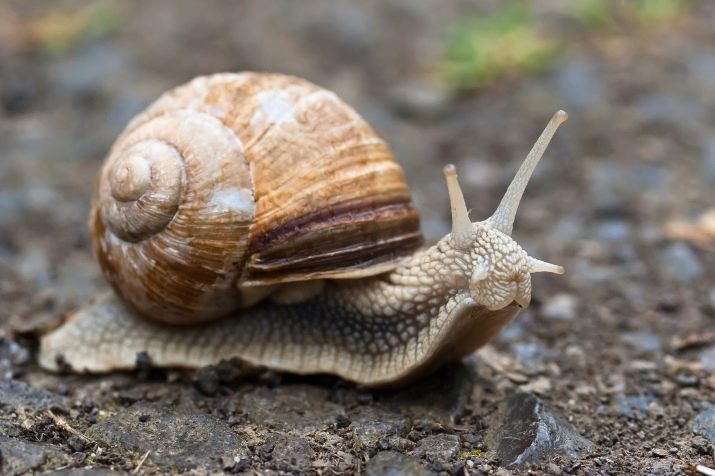
Thus, their total number reaches just over 14 thousand pieces, which is enough for this herbivorous gastropod to grind plant food. But the most “toothless” species is the African snail, which has in its arsenal no more than 10 thousand teeth. But this does not prevent her from easily biting into thick stems of tropical vegetation, effectively chopping leaves and grass, and also scraping off the upper nutrient layer from them.
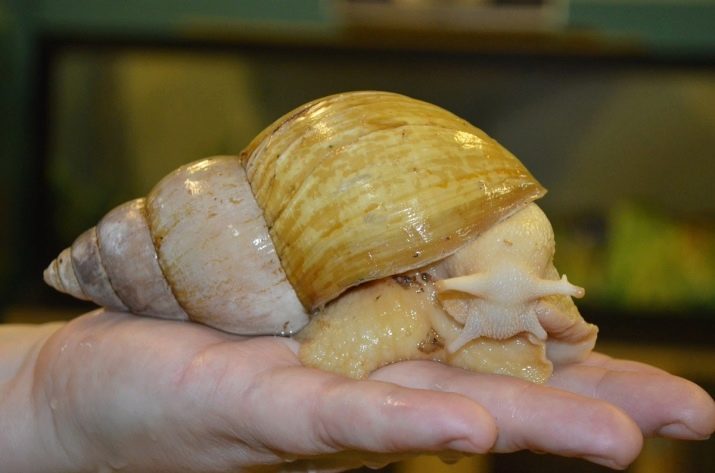
Are snail teeth strong?
The strength of the snail’s teeth can be judged by the type of food it eats. So, in predatory species, chitinous growths are somewhat denser and stronger than in herbivores, which allows them to easily deal with living creatures. And some gastropods (for example, oyster gimlets) can even use the radula as a “drill”, revealing the shells of their victims and sucking out all the contents through the hole. Grass snails don't need such powerful teeth - they are quite content with plastic and sharp bristles, scraping small particles from plant foods.
The principle of operation of the snail's dental apparatus is very similar to the principle of the operation of earthmoving machines, but with the only difference being that the snail has not one bucket, but an absolutely unthinkable amount.

Bucket teeth scrape and scoop up the top layer of vegetation, and then transfer it to the esophagus. True, it is worth noting that despite its small size, many snails cause significant harm to garden plantings. Onions and cabbage are especially affected by their sharp teeth. Snails literally attack these crops in numerous groups and leave gardeners without a crop.
It is known for certain that the snails hatched from eggs already have a set of teeth.
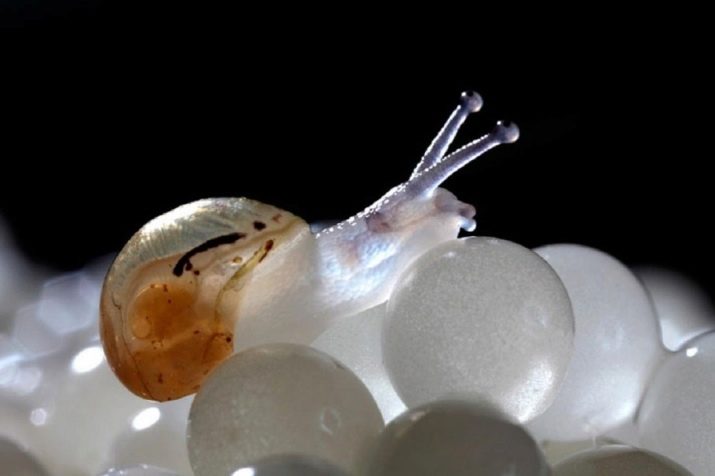
This was proved during a scientific experiment, during which scientists found that newly hatched babies feed on the shell of their eggs. Their young, but sufficiently strong and numerous teeth are able to grind solid food and send it to the esophagus. Their snails eggs are buried in the ground, therefore, after a complete shell-eating, the babies get to the surface and begin to eat on an equal basis with adults. By this time, the strength of the teeth already allows them to eat hard apples and hard grass.
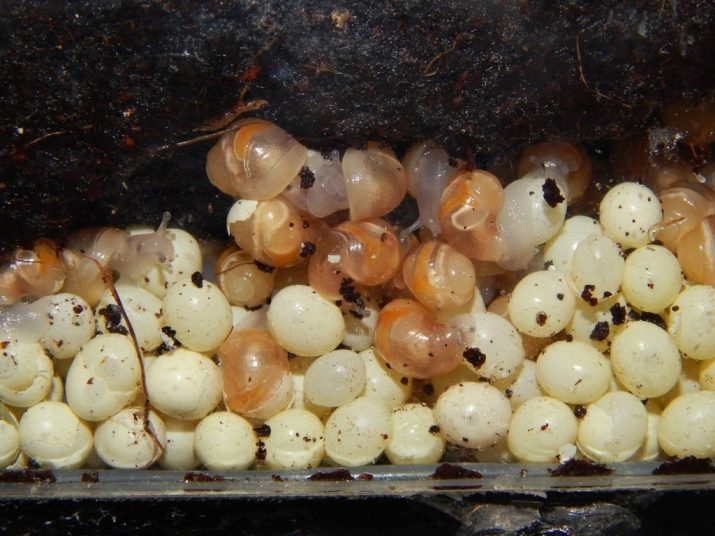
Interesting Facts
Snails are unique creatures. They do not cease to amaze others with their behavior and appearance.
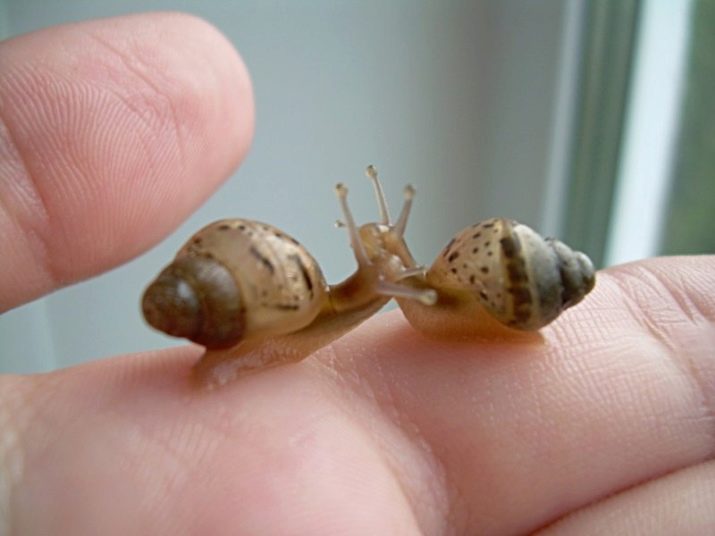
Below are some interesting facts from the life of gastropods, which few people realize.
- The nervous system of snails includes about 20 thousand neurons. In humans, their number reaches several hundred billion.But despite this, gastropods are very sensitive creatures, for which they have many admirers around the globe.
- The snail's “nose” is its famous horns, which are equipped with olfactory receptors and allow the snail to search for food exclusively by smell.
- The vision of gastropods is very poorly developed, because of which they are able to distinguish only light and darkness. Therefore, there can be no question of recognizing the owner in person, since the pet simply does not see the person.
- Almost all species of snails are hermaphrodites and viviparous creatures.
- Many species are gourmet and highly regarded by gourmets. For example, the meat of giant fulvine Achatina, growing up to 20 cm, contains a huge amount of nutrients and is very useful. It is believed that in terms of protein it exceeds the chicken egg and contains a large amount of calcium, iron and fatty acids.
- Even the fastest snails can accelerate only up to 7 cm per minute. However, this value is maximum, since usually these mollusks overcome for this period of time no more than 3-5 cm.
- The largest specimen in the entire history of observations is a giant snail weighing 16 kg and having a house 70 cm long.
- The shell of most snails twists clockwise relative to the inner end. Although twisting in the opposite direction, although it occurs, however, this happens much less often
- In the old days, the use of snails for medical purposes was reduced to treating the gastrointestinal tract, eye diseases, and stopping bleeding.
How snail teeth look, see below.
